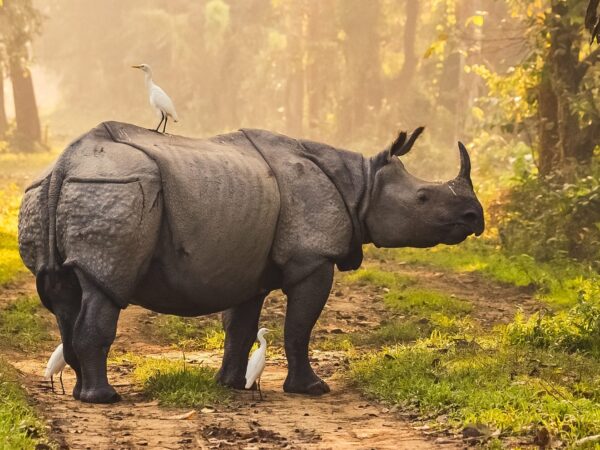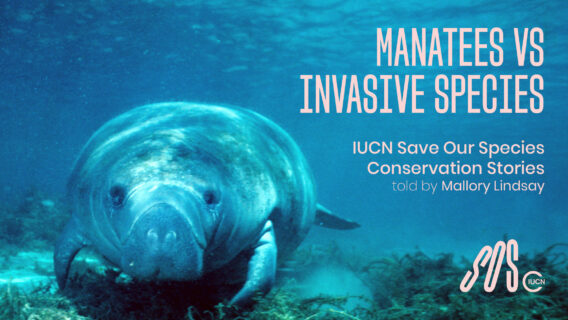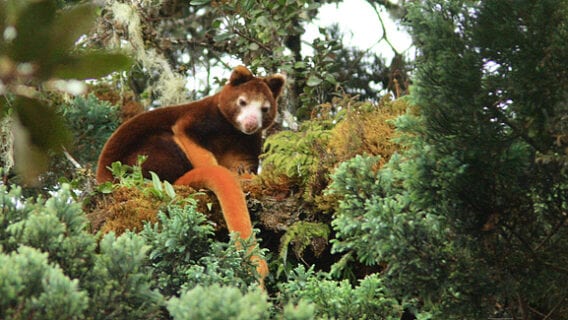
Strengthening Rhino Conservation through Community Stewardship in Pobitora, India
Project description
This project focuses on strengthening rhino conservation in Pobitora Wildlife Sanctuary, Assam, India, by sustaining and enhancing community stewardship and Forest Department capacity. Despite its small size (38.8 km²), Pobitora hosts the highest density of Indian rhinos (Rhinoceros unicornis) in the world. Local communities have historically coexisted peacefully with rhinos, but rising human populations, habitat degradation, and the erosion of traditional values now threaten this balance.
Threats

Human-wildlife conflict

Poaching
The project will address these challenges through a combination of community-based conservation, green technology interventions, and capacity-building for both local communities and forest personnel. It aims to secure the existing rhino population, reduce human-wildlife conflict, and build a sustainable conservation model rooted in collaboration, empathy, and shared responsibility.
Project objectives
- Enhance the long-term conservation of the Indian rhinoceros (Rhinoceros unicornis) in Pobitora Wildlife Sanctuary.
- Promote human-wildlife coexistence by reducing conflict between rhinos and local communities.
- Strengthen community stewardship through awareness-raising, environmental education, and outreach.
- Support sustainable livelihood opportunities for vulnerable and conflict-affected households.
- Improve the well-being and operational capacity of frontline forest staff to enhance patrolling and monitoring effectiveness.
- Foster collaboration among local communities, government agencies, and civil society for inclusive and coordinated conservation efforts.
- Develop a replicable conservation model that integrates ecological protection with community resilience and social equity.
Project activities
- Conduct rapid human-wildlife conflict surveys and map stray animal paths to identify high-risk areas for targeted interventions and plan monitoring infrastructure based on field evidence.
- Form and train crop protection committees in the most affected villages, equipping them with logistical support such as rain gear, solar torches, and winter kits to help manage conflict with stray wildlife.
- Install solar street lights and elevated platforms in rhino and buffalo conflict zones to improve night-time visibility, minimise surprise encounters, and enhance the safety of both people and wildlife.
- Organise community awareness programmes and exposure visits for villagers, students, and local institutions to foster empathy, reduce conflict, and promote coexistence with rhinos.
- Strengthen the capacity of forest staff through the provision of patrolling gear, exposure visits to Kaziranga or Jaldapara National Parks, and support with fuel and equipment during flood periods to improve rhino monitoring.
- Promote climate-resilient agriculture practices to support sustainable livelihoods and reduce dependency on forest resources.
This project is implemented by Aaranyak, India




